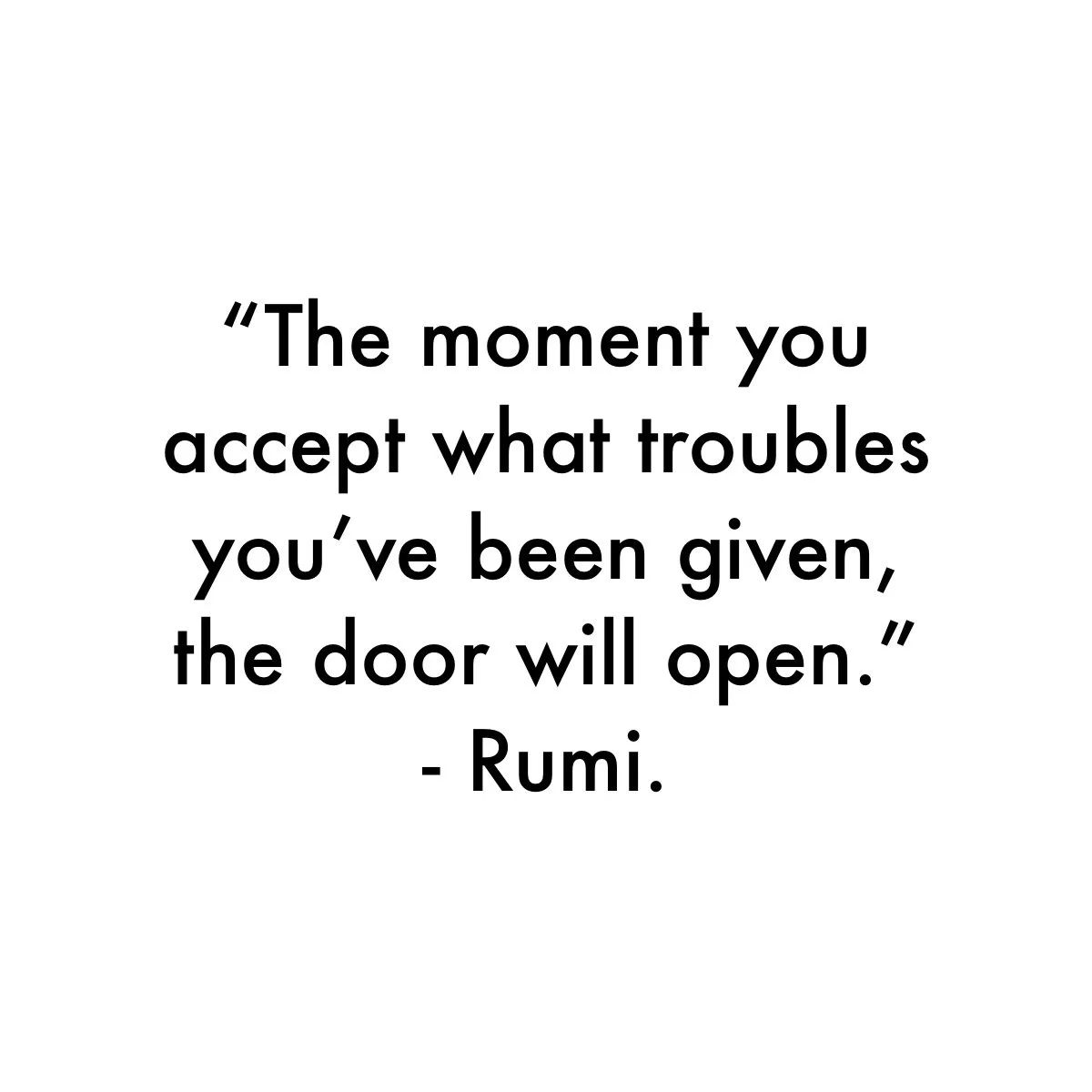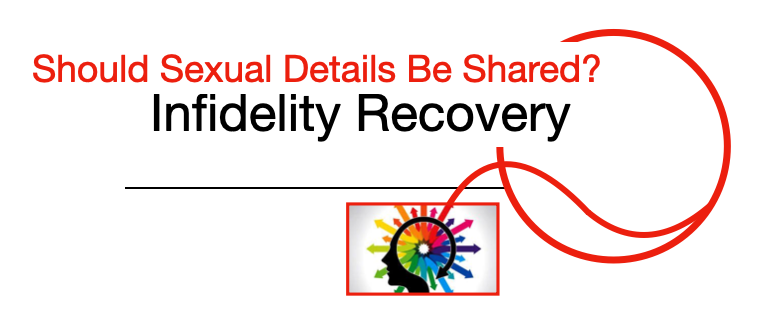The "Window of Tolerance" concept in psychotherapy refers to the optimal zone of arousal intensity where a person can function effectively and respond to stressors healthily, as well as how to identify when one is in overwhelmed zones. It is most commonly associated with trauma work and was first developed by Dr. Dan Siegel. However, in Dialectical Behavior Therapy (DBT), this concept is relevant because it ties into emotional regulation, one of DBT's core skills.
Critical Aspects of the "Window of Tolerance" in DBT:
Optimal Zone of Arousal: In this state, a person can manage emotions, think clearly, and make decisions effectively. Within this window, individuals can engage with their feelings without being overwhelmed or shutting down.
Hyperarousal (Fight or Flight): This occurs when a person is pushed out of their tolerance window into a hyperarousal state. They may experience intense anxiety, anger, or panic. In DBT terms, this can lead to emotion dysregulation, impulsive behaviors, or a heightened fight-or-flight response.
Hypoarousal (Freeze or Shut Down): On the other end of the spectrum is hypoarousal, where individuals fall below the window of tolerance and feel emotionally numb, detached, or frozen. In DBT, this state can involve dissociation, avoidance, or a sense of being disconnected from the present moment.
DBT Techniques to Stay Within the Window of Tolerance:
DBT provides specific skills to help individuals stay within or return to their window of tolerance, especially in moments of distress:
Mindfulness: Helps individuals stay present and aware of their thoughts and emotions without being overwhelmed.
Distress Tolerance: Techniques like distraction, soothing activities, or the "TIPP" skills (Temperature, Intense Exercise, pace breathing, Paired Muscle Relaxation) can help individuals regulate their arousal level.
Emotional Regulation: Helps reduce vulnerability to emotional extremes and manage intense feelings in a more balanced way.
Interpersonal Effectiveness: Builds skills to manage conflicts and relationships, which can sometimes cause emotional extremes.
By working within the window of tolerance, individuals can learn to manage and process distressing emotions without feeling overwhelmed or disengaged. This is essential for improving overall emotional stability, a key DBT goal. This is also a necessary element of the Gottman Couples Therapy Research in that productive marriage discusses and resolves conflicts in the Emotional Intensity Window of Tolerance.




















